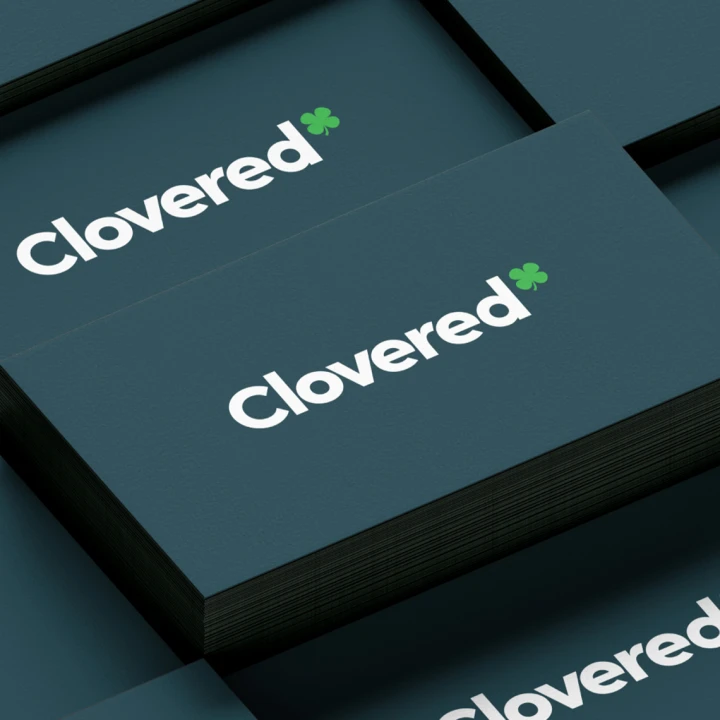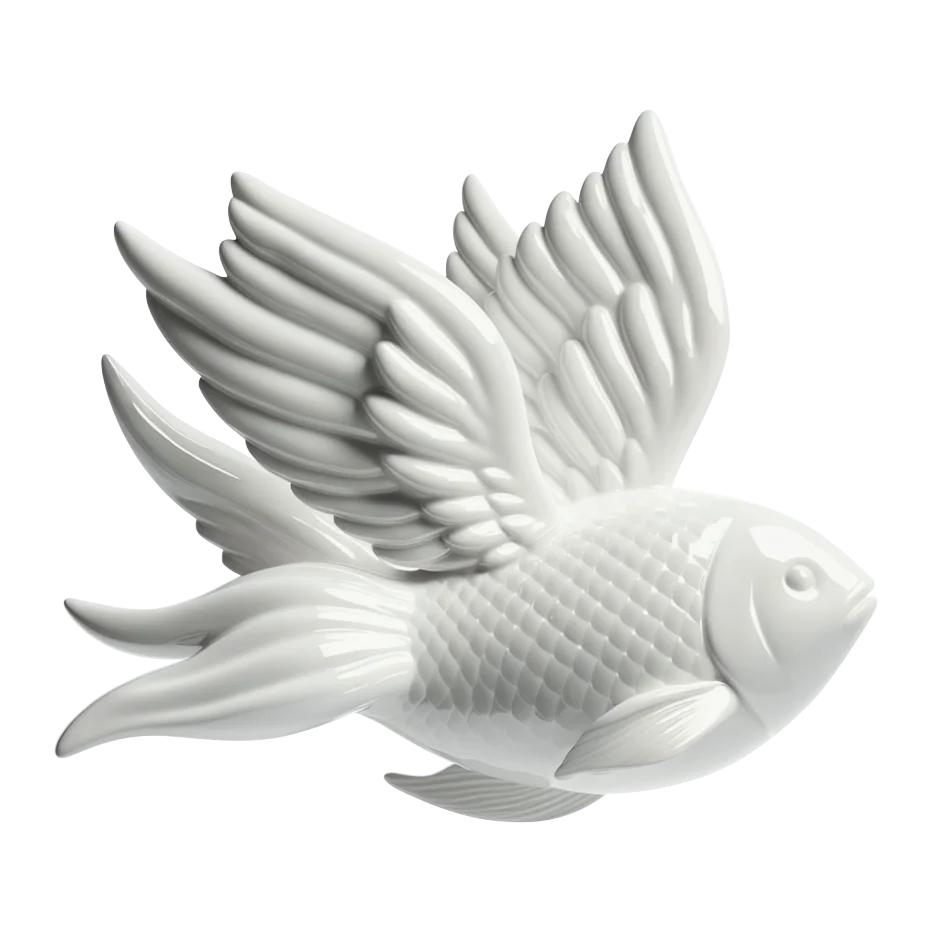You’re about to launch an incredible new product.
It’s going to add diversity to your portfolio, nails your customers’ needs and looks really, really good. All you need now is a killer name.
The product team has been calling it Starfish. Your VP of sales wants something “splashy.” Your CEO likes Greek mythology. You know, like Nike.
The problem? Brand equity studies show people have a hard enough time recalling your brand name. Customers are often confused about what your products do. And, you’ve run the numbers on marketing an evocative name and it’s not pretty.
At this moment, a buzzer should start going off: descriptive name alert!
It sounds like what you need is…well, a boring name. One that tells your customers exactly what they’re buying and strengthens their relationship with the masterbrand. One that doesn’t require extensive storytelling or compete with your brand name.
It’s tempting to go for the “fun” name, the one everyone will get excited by. But sometimes the straightforward choice is the right one.
So how do you know if you need a descriptive name? And how do you get everyone else on board?
Pin your priorities
Figure out what you need the name to do before you determine a naming approach.
Recently, a client launched a software platform combining the best of their existing products, which would be phased out as users migrated to the new platform. Existing products all had evocative names and customers tended to have a stronger affinity with the product than the brand overall.
The goal for the new platform was a name that wouldn’t compete with the masterbrand and would signify the key strengths of the product. We came up with a descriptive name that created distinction from the other products but not distraction, setting the client up to build equity in their masterbrand long-term.
Getting clear about your priorities helps you figure out how naming can support them. As you go through the naming process, revisit these priorities and make sure the name pays them off.
It’s ok to feel meh
You’ve aligned on a descriptive name and are presented with a list of options. As you’re going through it, the names are all just feeling kind of…meh.
Remind yourself: this is the point! Now is not the time for sexy. What’s more important are things like clarity, authenticity and stretch for the future. Is it clear what the product does? Is it true to the product, not promising something we can’t deliver? Does it take into account the product roadmap, capturing not just its beta capabilities but long-term ambitions?
If a name does all three, it’s probably a good name.
Prep for the skeptics
In any naming process, there are going to be naysayers. If you’re the team who’s worked on developing this world-changing new product, it can be anticlimactic to learn that it’s going to be called the Customer Engagement Platform—even if that’s what it does. So how do you bring them on board?
Walk through the process, explaining the rigor that went into each decision along the way. Depending on your group, maybe share a few finalists and talk about why the final name was chosen. When in doubt give out swag, showing that even though the name may be “boring,” it still looks good on a hoodie or iced on a cake.
Kidding about the last one. Kind of.
It’s worth noting that while this conversation pertains to product names, it can hold true for company names as well. Unless you’re signifying a major change—a merger, an evolution in strategy, a pivot from something controversial—a fancy new name may not be the right choice for your company.
At the end of the day, a name is just part of your overarching brand strategy. So it’s important to make sure it supports that strategy, engaging customers in the right way and contributing to an enduring brand.





